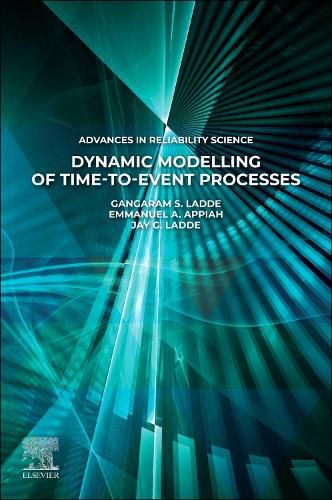Readings Newsletter
Become a Readings Member to make your shopping experience even easier.
Sign in or sign up for free!
You’re not far away from qualifying for FREE standard shipping within Australia
You’ve qualified for FREE standard shipping within Australia
The cart is loading…






Dynamic Modelling of Time-to-Event Processes covers an alternative dynamic modelling approach for studying time-to-event processes. This innovative approach covers some key elements, including the Development of continuous-time state of dynamic time-to-event processes, an Introduction of an idea of discrete-time dynamic intervention processes, Treating a time-to-event process operating/functioning under multiple time-scales formulation of continuous and discrete-time interconnected dynamic system as hybrid dynamic time-to-event process, Utilizing Euler-type discretized schemes, developing theoretical dynamic algorithms, and more.
Additional elements of this process include an Introduction of conceptual and computational state and parameter estimation procedures, Developing multistage a robust mean square suboptimal criterion for state and parameter estimation, and Extending the idea conceptual computational simulation process and applying real datasets.
$9.00 standard shipping within Australia
FREE standard shipping within Australia for orders over $100.00
Express & International shipping calculated at checkout
Stock availability can be subject to change without notice. We recommend calling the shop or contacting our online team to check availability of low stock items. Please see our Shopping Online page for more details.
Dynamic Modelling of Time-to-Event Processes covers an alternative dynamic modelling approach for studying time-to-event processes. This innovative approach covers some key elements, including the Development of continuous-time state of dynamic time-to-event processes, an Introduction of an idea of discrete-time dynamic intervention processes, Treating a time-to-event process operating/functioning under multiple time-scales formulation of continuous and discrete-time interconnected dynamic system as hybrid dynamic time-to-event process, Utilizing Euler-type discretized schemes, developing theoretical dynamic algorithms, and more.
Additional elements of this process include an Introduction of conceptual and computational state and parameter estimation procedures, Developing multistage a robust mean square suboptimal criterion for state and parameter estimation, and Extending the idea conceptual computational simulation process and applying real datasets.